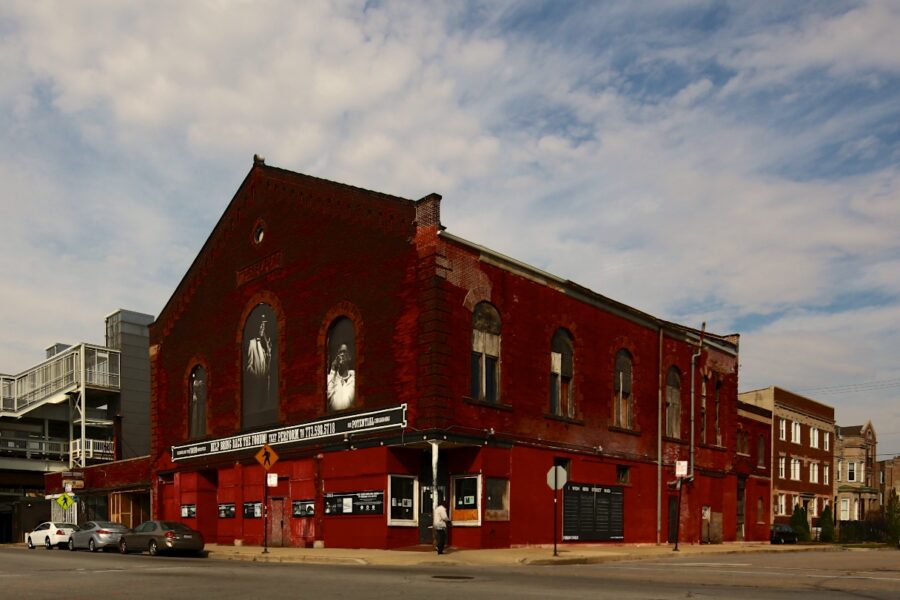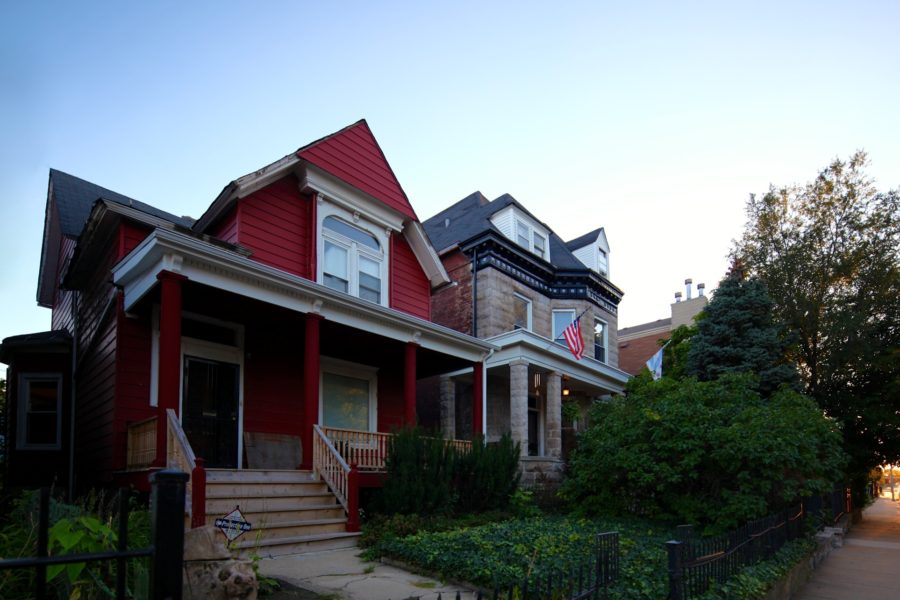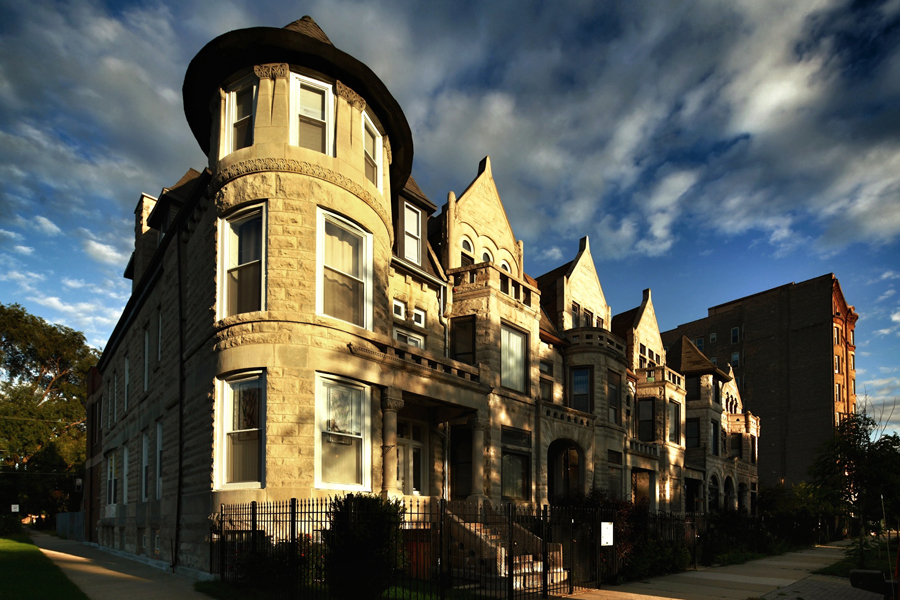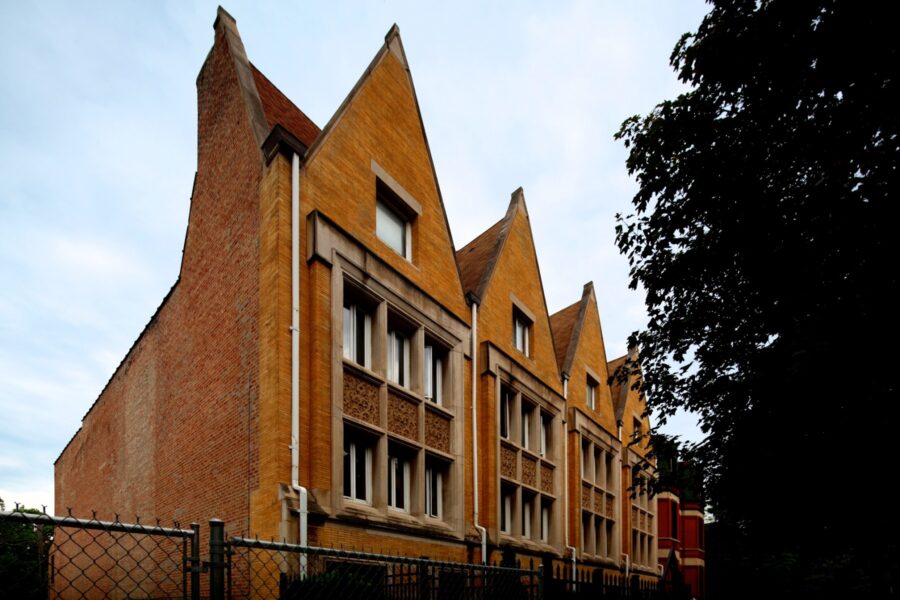 John Morris
John Morris
December 17, 2013

After seeing some of the city’s most beautiful greystone houses and learning about medical pioneer Dr. Daniel Hale Williams, we’ve saved the best for last in our three part series: The Forum. Mostly vacant for decades and facing demolition, its fate changed in the Fall of 2011 when the building was rescued by Urban Juncture.
The first signs of life in this historic 19th century building will be a cafe and art gallery next year. Later, the ballroom will come back to life as a live music performance venue.
Continue reading »
 John Morris
John Morris
December 12, 2013

Now that we’ve seen the fabulous greystones on Dr. Martin Luther King Drive, let’s continue with Part 2 of our series, and walk further down 42nd Street. A modest red Queen Anne house with subtle cornice bracketing is a neighborhood landmark because of an extraordinary man who once lived there.
445 E. 42nd Street was for decades the home of Dr. Daniel Hale Williams, also known as “Dr. Dan.” He is widely credited as the first to successfully perform surgery to repair a damaged heart, and his daring and skilled feat made headlines around the world in 1893.
Continue reading »
 John Morris
John Morris
December 5, 2013

The area around 43rd Street and Dr. Martin Luther King Drive in Bronzeville has a rich cultural and architectural history, and we’re going to look at it in three parts. Our first stop on this journey is a stretch of grand greystones.
While many of the grand South Side homes have been razed over the years, this tract has some remarkably intact examples.
Continue reading »
 John Morris
John Morris
October 10, 2013

The Roloson row houses on Calumet Avenue on the South Side are a set of four attached units with dramatic front gables. Designed by Frank Lloyd Wright in 1894, they represent a transition period in his career. These houses were one of Wright’s earliest commissions–only one year after leaving Louis Sullivan’s firm.
If you look past the gables and window patterns, you might think these houses are similar to others in the neighborhood. However, a closer inspection reveals a subtle understanding of fractal geometry and visually appealing proportion.
Continue reading »





